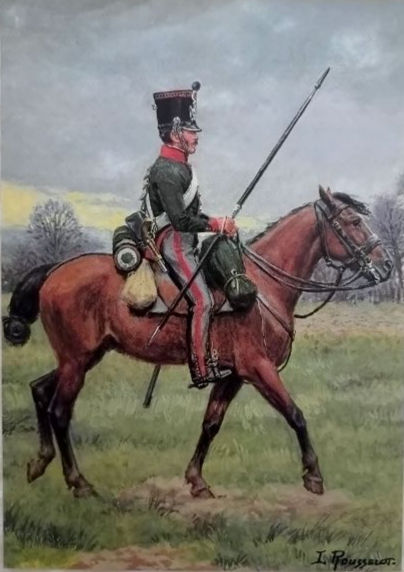Antiterrorist Initiatives (1989) By John B. Wolf
Traditionally, terrorist bands operating in rural or urban areas use violence to cast themselves as a legitimate political force. Necklacing, placing an oil-soaked tire around the neck of an informer and then igniting it, and knee-capping, positioning a handgun behind the kneecap of a "tout" (a police informer) and then squeezing the trigger, are among the enforcement methods used by clandestine groups to administer "revolutionary justice." Necklacing is used by the African National Congress (A.N.C.). Knee-capping is a traditional Irish Republican Army (I. R. A.) tactic. Governments frequently lend credibility to the terrorists' claim of legitimacy by not implementing measures intended to extirpate them. Frequently, democratic societies fear that rigid control measures pose a threat to civil liberties. Reluctant to move, a democracy is often hamstrung by terrorists bent on manipulating its values. A media campaign, intended to mobilize public opinion against the terrorists and garner mass support for the government and its control measures, is the linchpin of any antiterrorist campaign. Centralized intelligence-gathering is another essential component. Terrorism, when it becomes a regular campaign of bombings and other atrocities, is no longer a problem for just the police and the army. The entire society is affected.
- Hard Cover with Dust Jacket
- 218 pages
- In Good condition




























